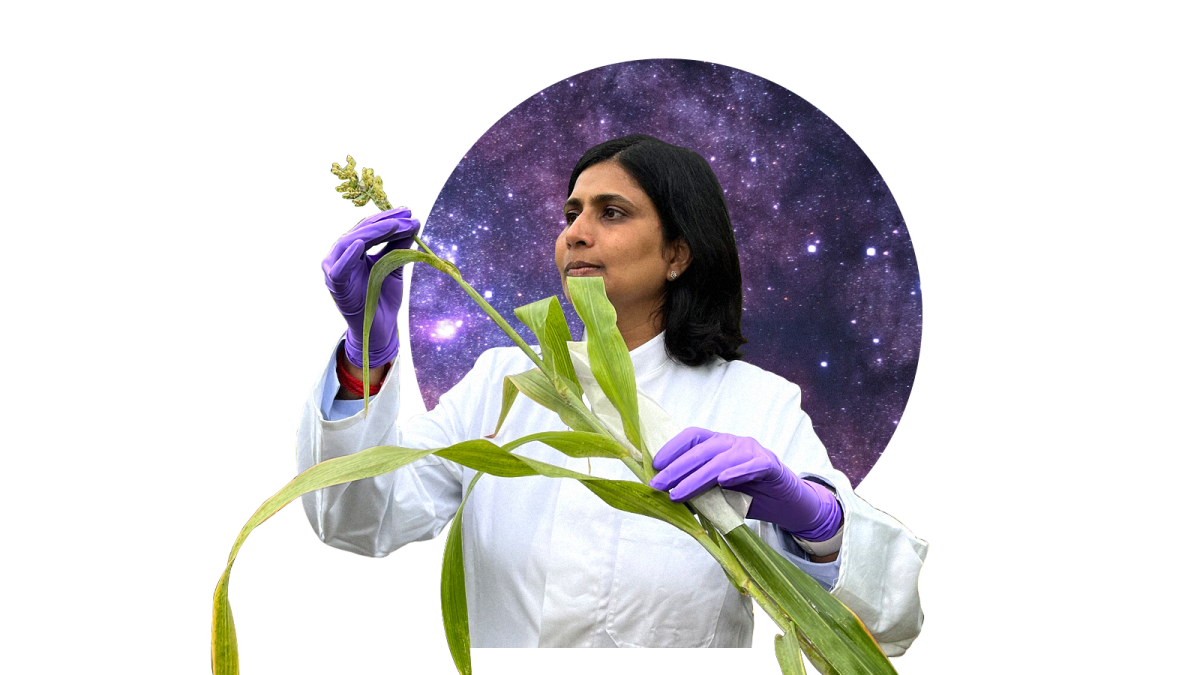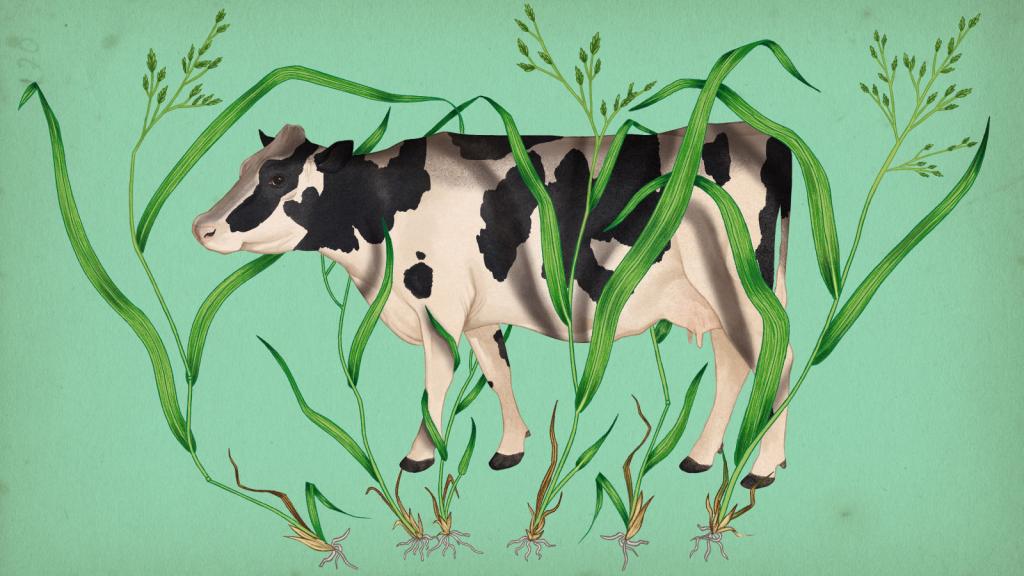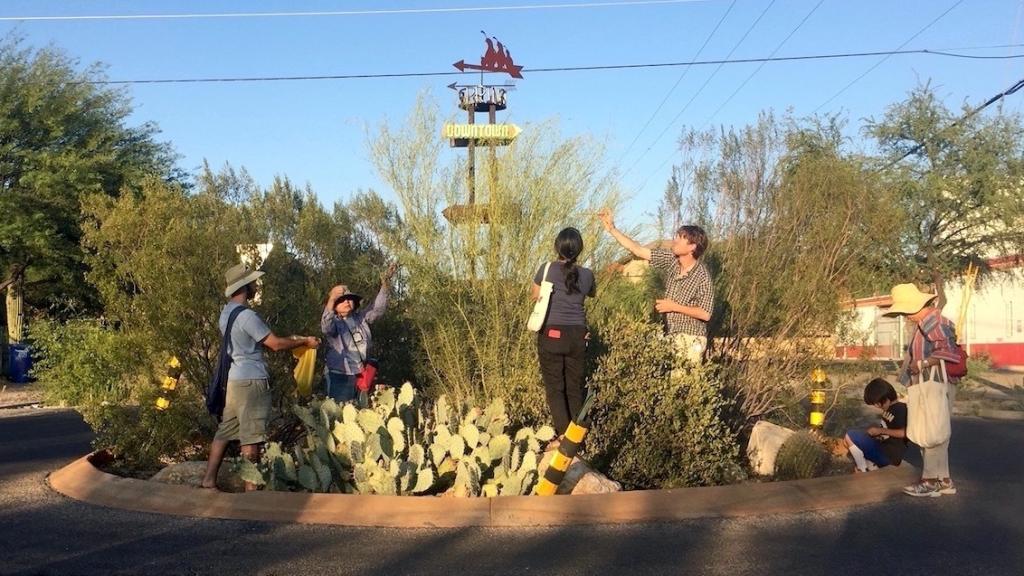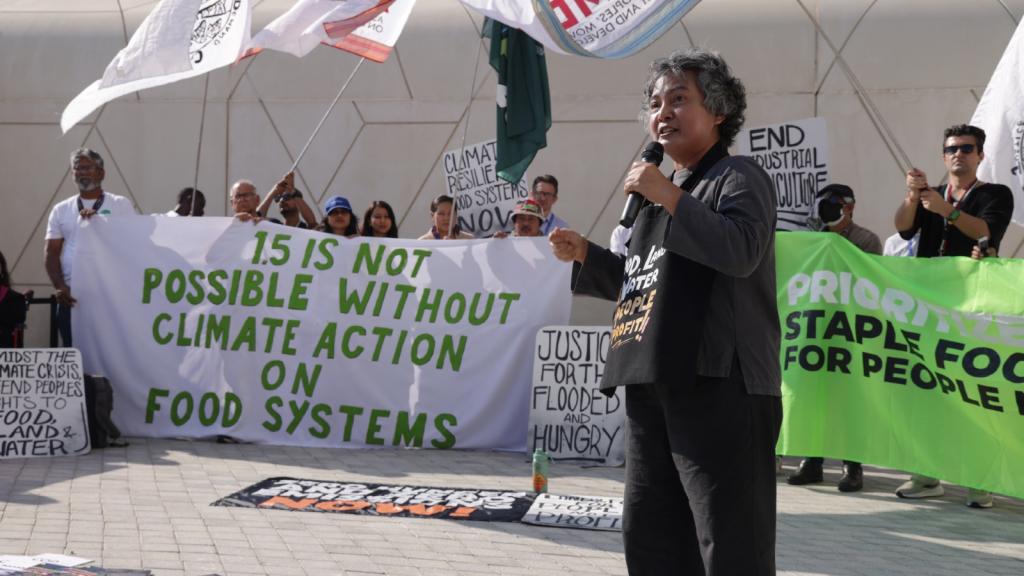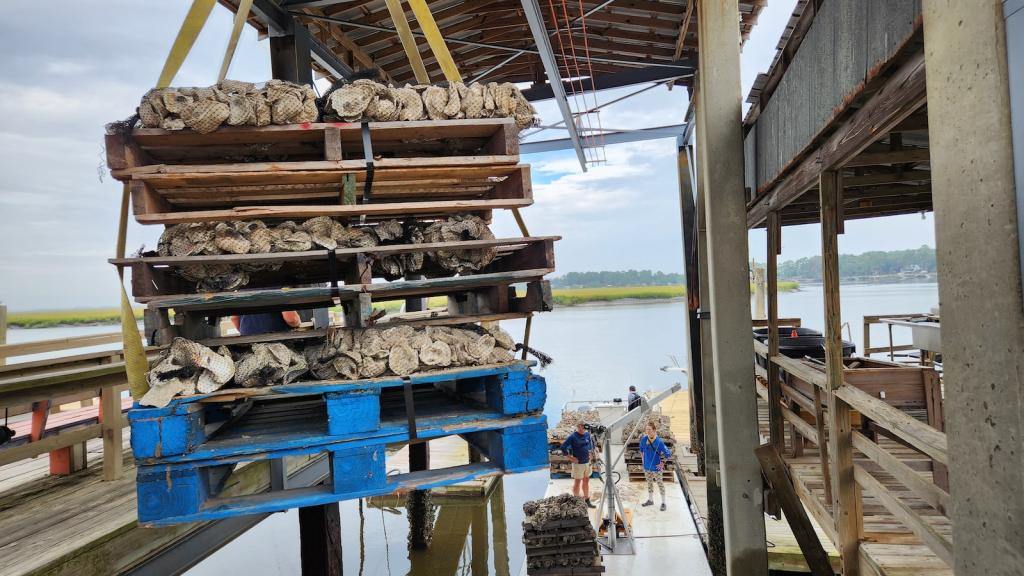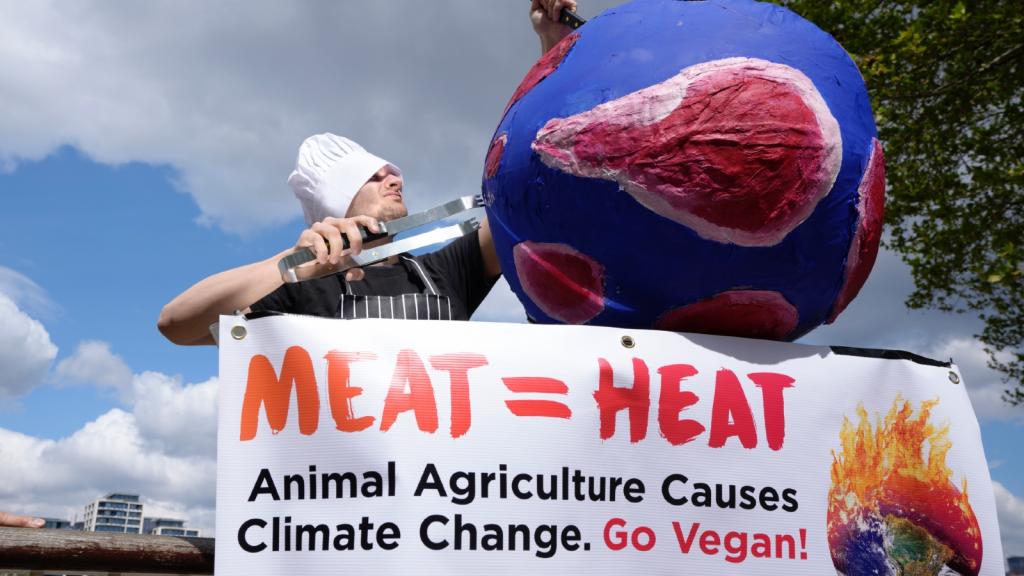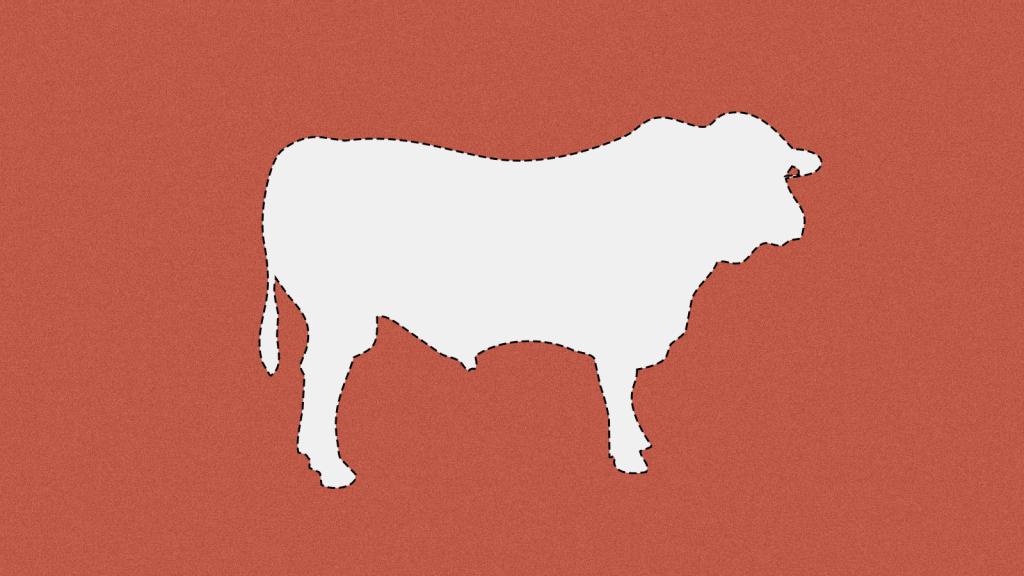In early April of last year, a white capsule the size of a small school bus detached from the International Space Station and splashed down off the coast of Tampa, Florida. On board were 4,300 pounds of supplies and scientific experiments, including samples of dwarf tomatoes grown in space; crystals that could be used to make semiconductors; and medical data on the astronauts working in the space station. Tucked away among these contents was a much smaller and lighter cargo: more than a million tiny orange seeds.
Half a world away in Seibersdorf, Austria, a town about 22 miles outside the capital of Vienna, Pooja Mathur waited eagerly for the seeds — from a plant called arabidopsis, a member of the mustard family — to arrive. Mathur, a plant geneticist, leads the Plant Breeding & Genetics Laboratory for the Joint FAO/IAEA Centre of Nuclear Techniques in Food and Agriculture, a collaboration between two United Nations agencies: the Food and Agriculture Organization and the International Atomic Energy Agency.
For over 60 years, the laboratory has stu... Read more
